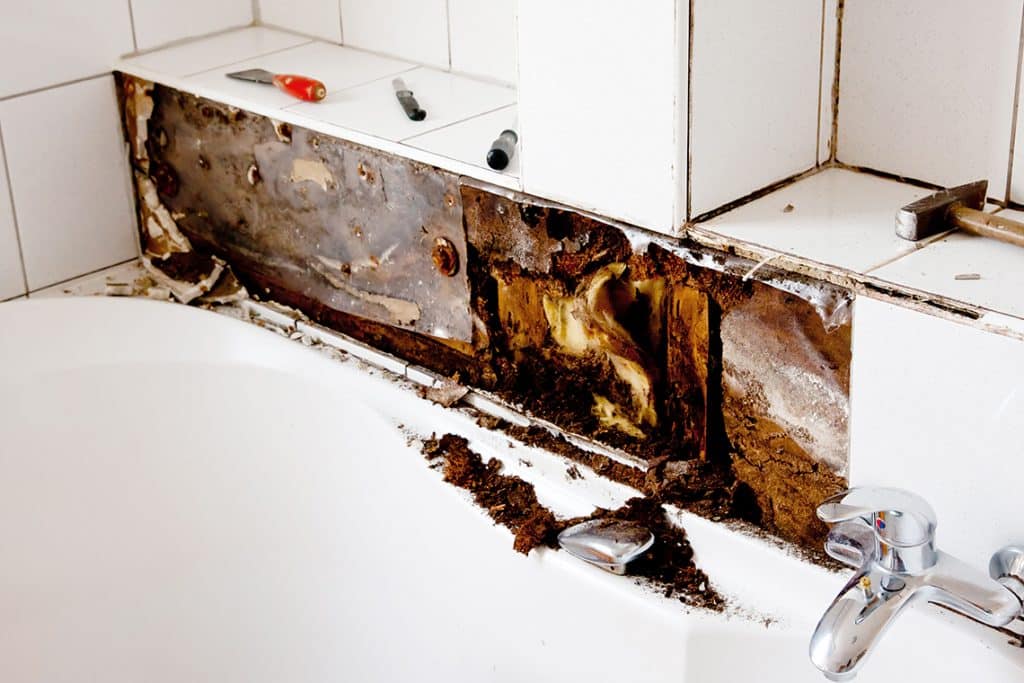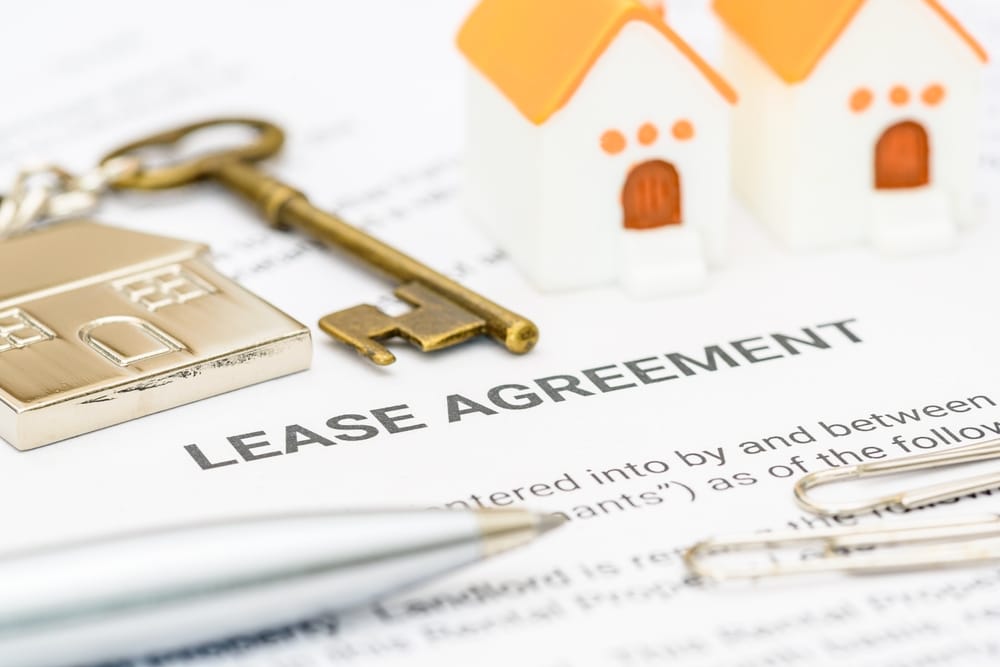Bathrooms are the one room in your home designed to be exposed to a lot of water. However, despite being meant for water usage, over time, heavy water usage in bathrooms can lead to seeping behind the walls and under the flooring, which later leads to water damage. If this water damage isn’t addressed in time, it will become the source of more extensive structural damage and mould. Not only will this later require a lot more work to fix, but it is also more expensive.
When it finally comes time to sell your property, the building and pest report will reveal these issues to potential buyers. That’s why even minor problems like seepage must be addressed right away.
Check for leaks
If you notice discolouration, a musty smell, or bubbling of the plasterboard, it all indicates that there could be a leak somewhere. Check the walls for soft points. Then check for leaks under the vanities and the sink trap. You will want to find the source of the leak and get it fixed right away.

Replace tiles
Cracked or broken bathroom tiles will eventually result in water making its way through to the walls and under the flooring. That’s why damaged tiles should be replaced or fixed right away. The same goes for any caulking, along with the showers, tubs, sinks, and damaged grout.
Check the valves
The other thing you will want to do is check the valves of the sink, toilets, and showers to ensure that they are working correctly. If you notice wet spots or stains around the valves, then that means there is a leak, and in that case, call a professional to address the problem right away.
Upgrade to the latest and greatest
It is estimated that toilets account for 40% of our annual water consumption. Furthermore, older models of showerheads use twice as much water. That’s why upgrading to the latest ones will not only give your bathroom a new look but also help reduce your water usage. The other upside to these newer fixtures is that they can also help prevent water damage in the bathroom.
Clean the drain
If you have a slow draining sink, it could be because the pipe under it is clogged. A drain cleaner should be able to fix the problem. If that does not help, then call a plumber to address the issue. You will want to ensure that there is no water collected under or around your sink.
Make sure to turn the exhaust fan on
Another tip to prevent water damage in the bathroom is to turn on the exhaust fan when using the tub or shower. The fan helps remove the excess moisture from the bathroom, thus preventing odour and mould issues. If your bathroom is humid, then opt to install a dehumidifier.
Whether you are selling a home or are in the market for a new one, Landmark Inspections can help give you an accurate assessment of the home’s condition. Our detailed report outlines many different issues, including water damage and its extent.



